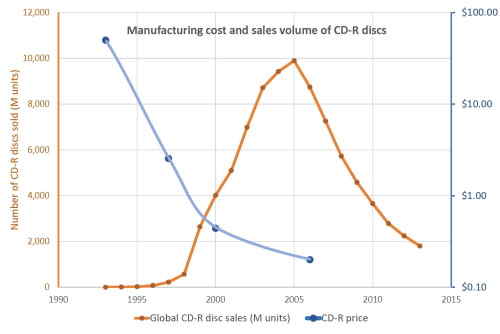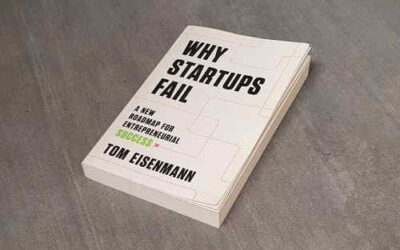Patent royalties make products more expensive
Products become more expensive when support for a new standard is added. New components may be needed and patent royalties may have to be paid. The adoption of the new standard depends on the cost of implementing the standard.
Example: Wi-Fi adoption
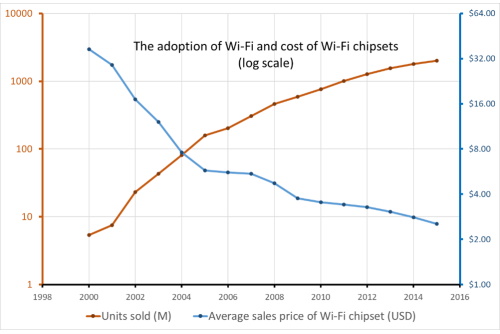
The correlation between price and growth is clearly visible in this report from ABI research quoted by the court in Innovatio IP Ventures vs Multiple Defendants, page 78.
The impact of patent royalties on adoption of a standard
The cost of implementing a standard has three components:
- Additional cost of components
- Additional manufacturing cost (labor and equipment)
- Patent royalties
The impact of patent royalties depends on its contribution to the cost increase.
The cost of components, labor, and equipment decreases when volume increases. In the Wi-Fi example, cost of the Wi-Fi chipset decreased with 30% per year in the early phases of adoption (2000-2005).
That makes it possible to quantify the impact of royalty payments. A royalty of 10% of the additional cost would have slowed down adoption with 4 months. A royalty of 60% of the additional cost would have set back the adoption of Wi-Fi with 2 years.
Cost reduction and increasing adoption of mature standards
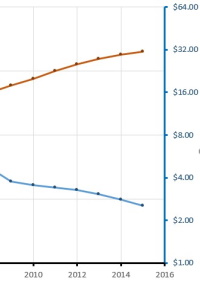 When a standard has achieved mass market adoption, the cost of implementing the standard becomes less important. Further reduction in the cost of a component can change the market share of the manufacturer of that component manufacturer, but has little impact in total market size.
When a standard has achieved mass market adoption, the cost of implementing the standard becomes less important. Further reduction in the cost of a component can change the market share of the manufacturer of that component manufacturer, but has little impact in total market size.
You can see that in the adoption curve of Wi-Fi. Between 2010 and 2015 the rate of adoption (red curve) slowed, while the rate of cost reduction increased (blue curve). Note that both curves are logarithmic. A straight line corresponds to a constant percentage growth or decline.
Example: the growth and decline of the CD-R standard
The price of recordable compact discs (CD-R) declined from $50.00 in 1993 to $0.20 in 2006. Volume peaked around 2005 decline rapidly after 2005. (source: “report to the EU trade barriers regulation committee” page 13). Volume peaked around 2005 and the market is in steady decline today (source: TSR).
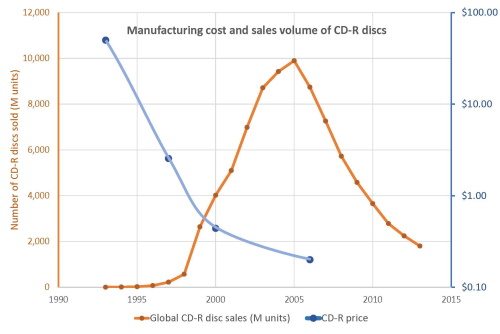
In the early phase of adoption (1994-2002), there is a strong correlation between cost and sales volume. Total sales volume of CD-R discs depended strongly on cost in the early phase.
How is that after 2005? Would further reduction in cost of CD-R discs have slowed down or even stopped the decline?
Reduced impact of royalty payments on sales volume of mature standards
The expiry of the CD-R patents provides an opportunity to study the effect of royalty payments on sales volume in a mature market.
CD-R’s essential patents expired in most countries between 2008 and 2009 and royalty payments stopped. At the time of expiration, manufacturers of CD-R discs typically paid between $0.025 and $0.035 royalties per disc. That is 15% – 20% of the sales price or 30% – 40% of manufacturing cost. The graph clearly shows that the reduction in royalty payments in 2008-2009 had no measurable effect on total sales volume. The curve shows a smooth, steady, decline.
In this mature market, royalty rates up to 45% of the manufacturing cost had no effect on the use of the standard.
Manufacturers of CD-R discs continued to reduce the cost of their product. Consumers were sensitive to cost of CD-R discs. They would choose the cheapest available brand, but the price had no influence on the number of discs they purchased.
Further reading
For a more extensive discussion see the article “A micro-economic estimate of the reasonable royalty rate for standard essential patents” on IPWatchdog.
The article “Can patents prevent the use of a standard?” discusses what happens when patent owners refuse to license their patents.
See “Intellectual Property Licensing” about developing license programs that promote the use of standards.

